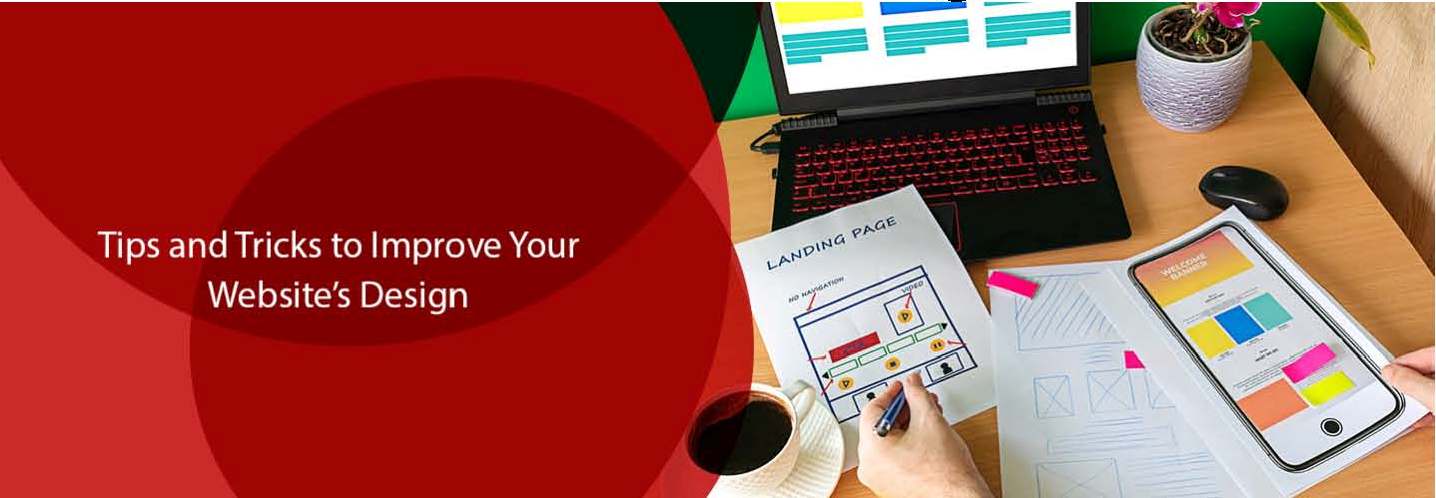- Qryptonic Launches Q-Scout™ at Exclusive RSAC 2025 Event, Accelerating Quantum Security Readiness for Enterprises
- Indian students at Universities of Birmingham and Glasgow to get competitive advantage through exclusive careers support
- 24 Posters Introduces High-Quality Wall Posters to Transform Any Space
- Aequs Limited announced the appointment of Jean-Michel Condamin as Chief Executive Officer
- Oil Paintings by Lam and Bhattacharjee Both Reach Six Figures in Shannon's May 8th Fine Art Auction
- Business School Introduces Cutting-Edge Curriculum for the Future of Business
- Maticz Launches Advanced Polymarket Clone Script to Empower Decentralized Prediction Market Startups
- White Jacobs Expands Credit Repair Services in Las Vegas and McAllen TX with a Proven Dispute Process
- The Derma Co. and Zepto partner to bring Summer Relief to Jaipur’s Delivery Heroes
- DLF Launches Privana Residential Project in Gurgaon
- PegaGang Launches “Pega CSSA Infinity24” Accelerator for Certified Senior System Architect (CSSA) Success
- Moneyboxx Finance has announced the appointment of Sandipan Thakur as Head of Collections
- BITTS College Launches Career-Ready Medical Office Administration Course in Canada
- With its 2025 Summer Release, Airbnb introduces Airbnb Services, Airbnb Experiences, and an all-new Airbnb app
- RPost Secures Patent for Widely-Used Email Tracking Technology
 Mail to a Friend Mail to a Friend |
|
     |
Tips and Tricks to Improve Your Website’s Design

Designing a website is no easy one, let alone designing a good effective one. If you think website design is not a crucial factor in influencing your business, then you are very much mistaken. The right website design can actually affect your conversion rate, bounce rate etc. Also a well-designed website adds to the credibility of your website as users tend to think you have invested in it and it is not some makeshift website being used to scam people.
So how do you design a good website? It is not all just about aesthetics and beauty, but also about an understanding of the human mind. In fact, there are some scientific based studies that can be used as tips and tricks to be incorporated into your website?s design. Want to know the best research-backed tips? Look no further as we have compiled a list below to help you out:
1. The Lesser the Better
You may have heard the old saying, ?the lesser the better? and that applies to website designing too. You need to make sure not to overwhelm users; when there is too much information or too many messages and pictures in a single page, users will feel as though they are being bombarded with information and cannot focus. This could be detrimental for you. Why? Well, Hick?s law states that the more options a person has the longer they may take to make a decision. Seems obvious? Well, there is more to it.
A study was conducted in which there were 2 sets of customers: one set was given many jam choices while the other set was given few jam choices. The probability of customers buying jam was higher for those who had fewer choices as opposed to those who had a lot of choices. That?s right so if your website has too many for example, menu options on a single page, then it is likely that users will visit the website and then leave without making any purchases or reading your blogs etc.
2. Speed, Speed and Speed
They say the law of the jungle is ?might is right,? and in the world of websites and the internet, you can probably say the law is ?speed is right.? Everyone wants more speed when it comes to their internet usage so if users visit your site and find that it is slow, they are likely not going to stick around which means you can expect lower conversions, bounce rate etc. After all, there are tons of other websites out there users with fast Grande internet can check out that are bound to be faster.
Another concern for a slow website is that it can also affect your rankings on a search engine. Search engines function in a way that is meant to best serve their users and since they know users want fast sites, search engines factor this into their rankings.
3. Simplicity is Key
The simpler your website design the more likely it is to do well. A study by Google has proved this point as visual complexity can actually put off users. You might think a new, unique website layout or design will attract users, but the truth is it will most likely deter them. People like that which is familiar to them and whatever appears to be an easier user-interface will be more attractive to them.
In the spirit of simplicity, you might even want to consider not having a sidebar altogether and instead have a single-column design as this better keeps users? attention on the content.
4. Users Prefer Scrolling, Not Clicking
You probably thought that there is not a big difference between clicking and scrolling. After all, how much more effort does clicking require than scrolling? The answer is apparently a lot; a study by CrazyEgg shows that their conversions improved by thirty percent when they shifted their information to one long page as opposed to when they kept it in multiple short pages. It seems people are more likely to scroll through a page than go through multiple different pages.
5. List Order Matters
Hermann Ebbinghaus was a German psychologist who studied memory and he discovered the serial-position effect which is that humans tend to remember the first and last word in a list while forgetting things in the middle. So when you include lists on your website you should make sure to include the most important items either right at the beginning or right at the bottom of your list.
6. Visual Cues
Visual cues in your web design allow you to draw the user?s attention to certain elements on a page. Studies have shown that we tend to look at the same place/direction as where the picture of a person in a web page is looking to. For example, if the picture of a person on a web page is shown looking sideways to your website?s login details, then a user?s attention will also be drawn to the login details as opposed to anything else on the same page.
This guiding of the user?s eye does not simply need to be done by pictures of people, but can even be done in more obvious ways such as through an arrow e.g. pointing towards the login details of a page.
7. Carousels Aren?t Worth It
Many web designers get asked to design a carousel, and while they may look pretty or seem appealing they are not effective in terms of engaging users. A study conducted by Notre Dame University actually proved this: 90 percent of users click only on the first carousel slide while the rest of the slides tend to be ignored. Hence, if you want users to check out all your content be sure not to make use of carousels.
To Sum Up
It takes great skill to design a website so whether you are a web designer or are hiring a web designer, make sure you design keeping your end-user in mind. After all beautiful designs might be appreciated by you, but not by users who are having a hard time figuring out things.










